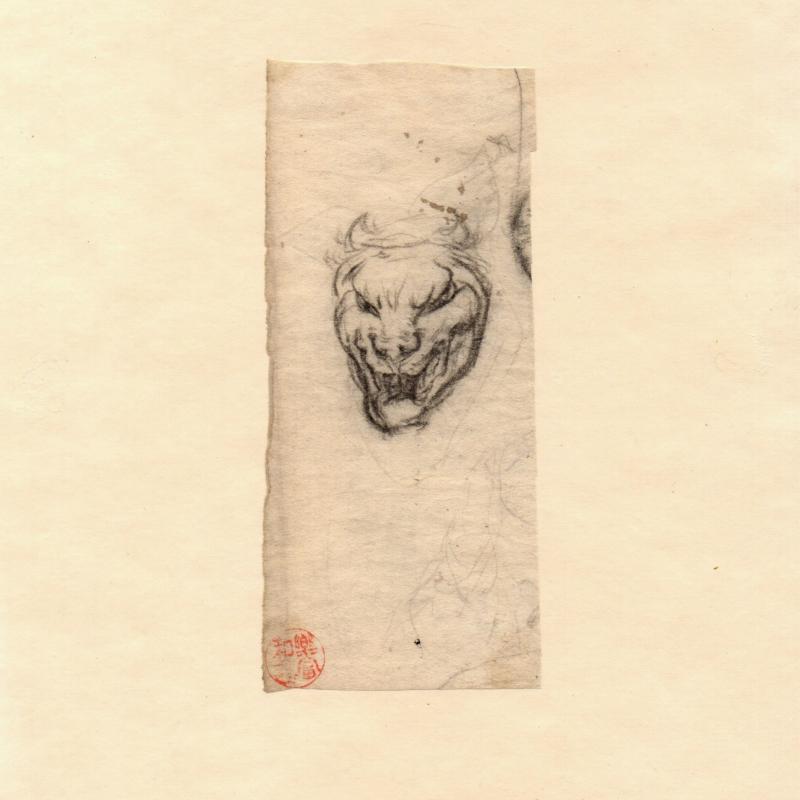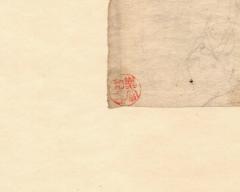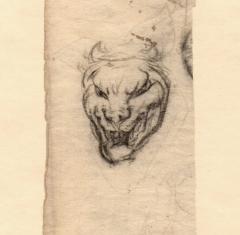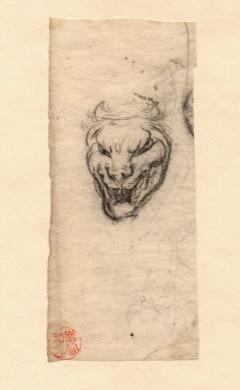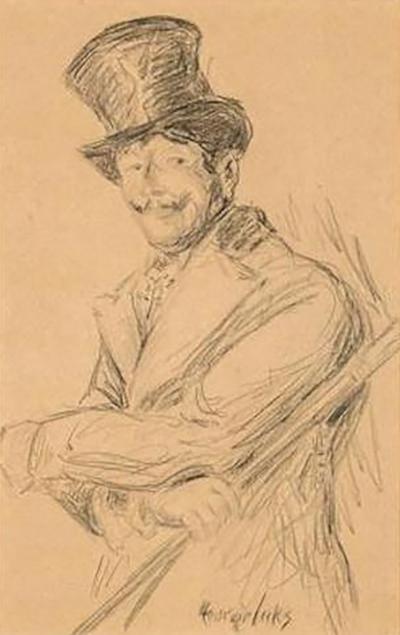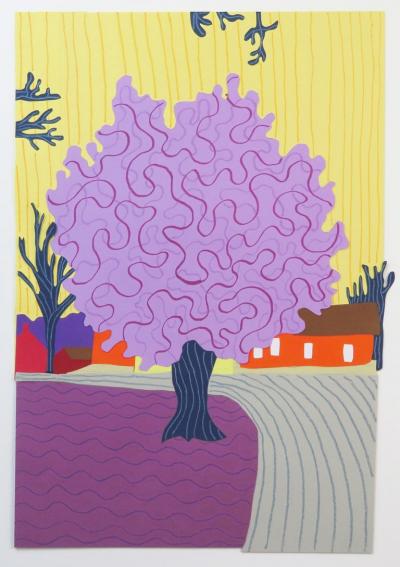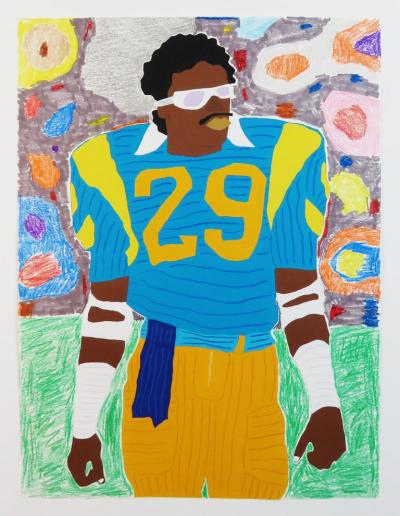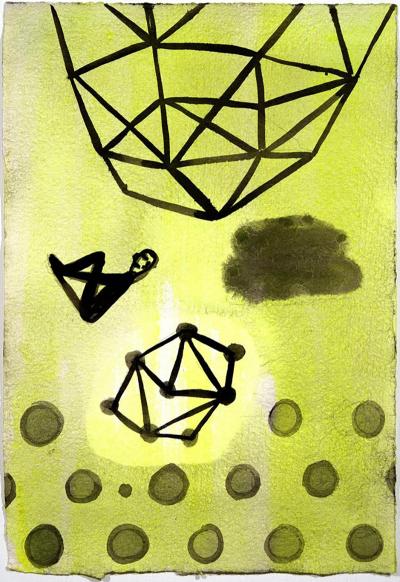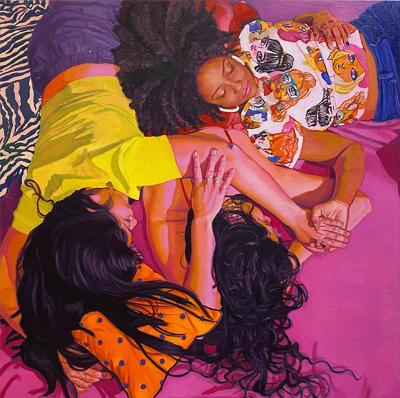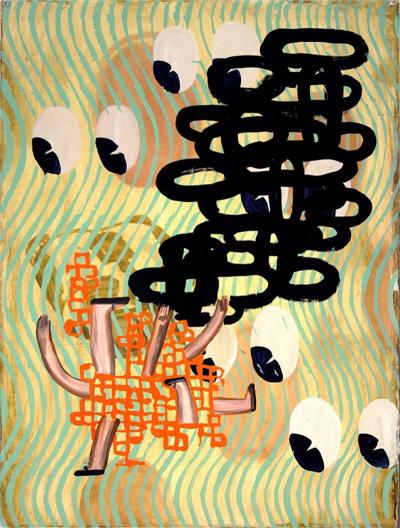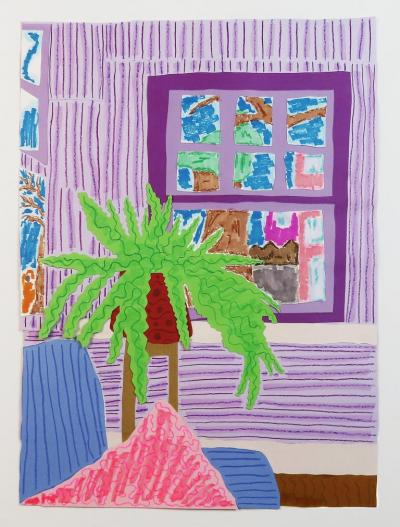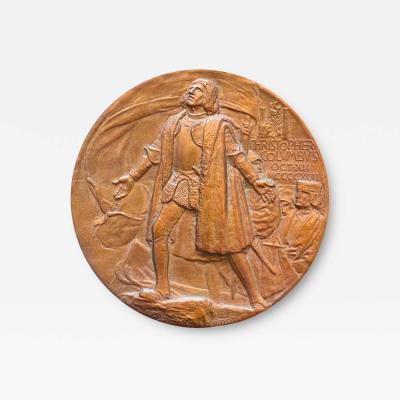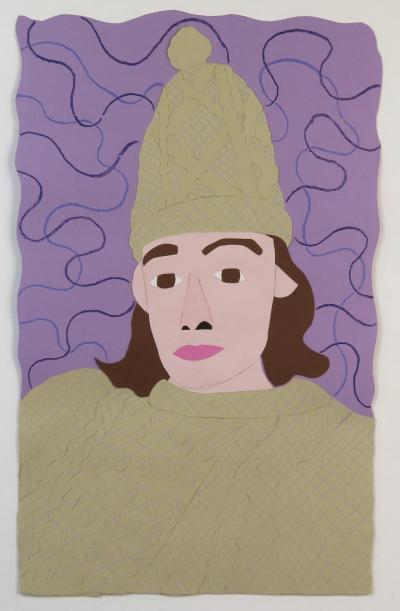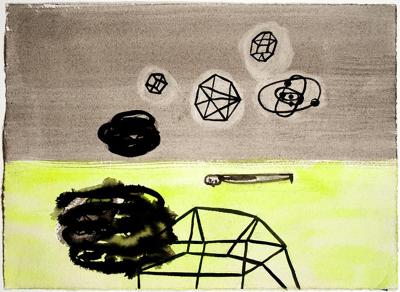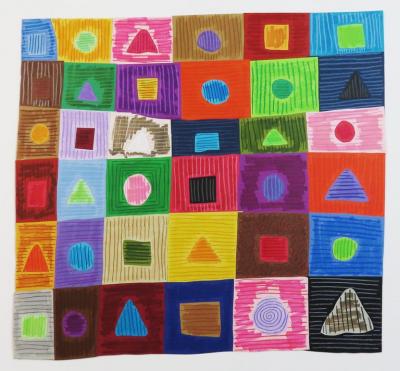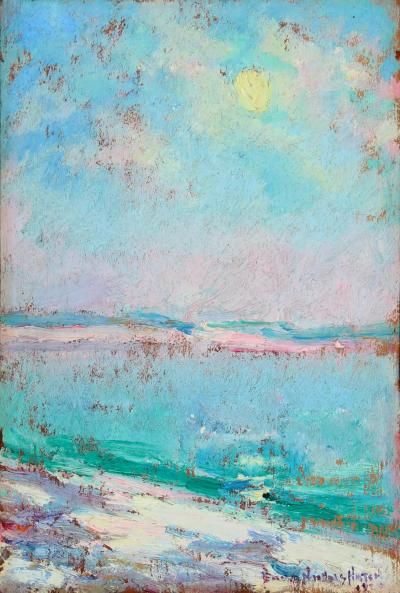- FINE ART
-
FURNITURE + LIGHTING
Shop By Category
Shop By Artist
- NEW + CUSTOM
- DECORATIVE ARTS
-
JEWELRY
Shop By Category
Shop By Artist
- INTERIORS
- MAGAZINE
Showrooms
Evil Spirit, c. 1898
$ 2,800
-
Tear Sheet Print
- BoardAdd to Board
-
-
Description
JOHN LA FARGE (1835–1910)
Evil Spirit, c. 1898
5 ¼ x 2 ¼ inches (sheet)
Artist’s chop mark seal in red at lower left
John La Farge is best known for his innovations in stained glass design during the late 19th century, but he also worked in a variety of other media throughout his career. Born in New York in 1835, La Farge received his first artistic training at the age of six and learned to use watercolors while still in grammar school. At the age of twenty-four, after studying law for a time, La Farge went to Paris to study painting under Thomas Couture. While abroad, he discovered the work of the English Pre-Raphaelite painters Gabriel Dante Rossetti and John Everett Millais, whose idealized scenes and moralizing subjects he admired. La Farge returned to the United States in 1859 and settled in Newport, Rhode Island to begin his career as an artist. There, La Farge studied with American romantic painter William Morris Hunt.
An artist of broad cultural interests, La Farge traveled widely, and every visit abroad became an occasion for artistic inspiration. In 1876 La Farge was commissioned to design the interior of Trinity Church in Boston, Massachusetts. These murals and stained glass designs were greatly admired, leading to a number of important commissions for public buildings, including St. Thomas’s Church, New York (1878), the Church of the Ascension, New York (1888), as well as private commissions for prominent patrons, for example, Cornelius Vanderbilt. La Farge also worked in watercolor, using this medium to develop sketches for his murals and stained glass compositions. Among La Farge’s best-known watercolor paintings are those made during his travels, particularly those during his visit to the South Seas in 1890–1891. These watercolors were produced en plein air and are characterized by their exotic subjects, spontaneous brushwork, and delicately defined figures. Never completely liberating his artistic style from architecture, La Farge’s watercolor compositions are often frieze shaped and contain bold, jewel-like colors, bringing to mind his stained glass images.
La Farge was a close friend of renowned author Henry James, artist Winslow Homer, and celebrated American historian Henry Adams. Within this circle, La Farge occupied a special place, writing eight books and numerous essays on art in order to establish a sound tradition of the fine arts in the United States. His books, Considerations on Painting (1895), An Artist’s Letters from Japan (1897), and The Higher Life in Art (1908) are distinguished for their urbane and cultivated language and aesthetic theories, similar to those espoused by the artist James A. M. Whistler.
La Farge continued to produce art, mostly decorative stained glass and murals, write, and travel until his death in 1910. His works are collected by numerous major museums including the Metropolitan Museum of Art, Art Institute of Chicago, Philadelphia Museum of Art, and Museum of Fine Arts, Boston -
More Information
Origin: United States, Rhode Island Period: 19th Century Materials: Charcoal and pencil on paper. Condition: Excellent. Creation Date: c. 1898 Styles / Movements: Impressionism, Realism Incollect Reference #: 115853 -
Dimensions
W. 2.25 in; H. 5.25 in; W. 5.72 cm; H. 13.34 cm;
Message from Seller:
Brock & Co. specializes in fine art advisory services, offering expert guidance in acquisitions, appraisals, and developing private collections. For more information or inquiries, please contact us at 617.510.7748 or brockandco@gmail.com.
Sign In To View Price
close
You must Sign In to your account to view the price. If you don’t have an account, please Create an Account below.
More Listings from Brock & Co. View all 90 listings
No Listings to show.
- Cliffs Along the Shore, n.d.
- Otis Skinner as Col. Philippe Bridau in "The Honor of the Family" c. 1919
- Roadside Tree
- E.Dick
- Tetrahedron
- Girlfriends
- Moon Equipped
- Plant Still Life
- Floating in a Sea of Accident
- World's Columbian Exposition Commemorative Presentation Medal
- Cozy Tio
- The World From Here
- Composition 1
- Coastal View
















